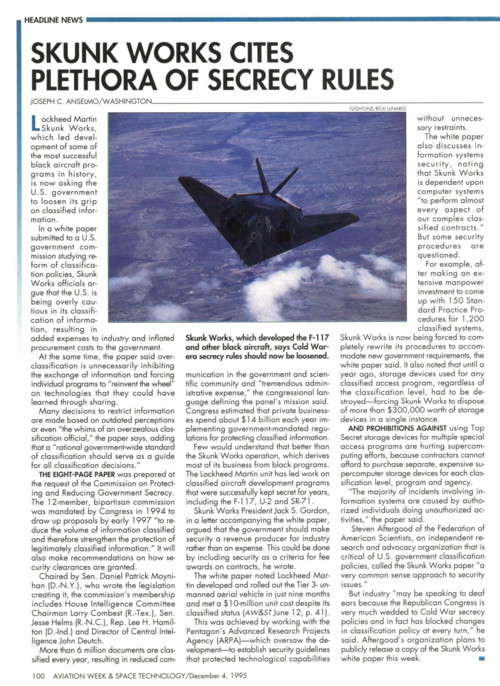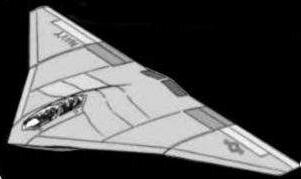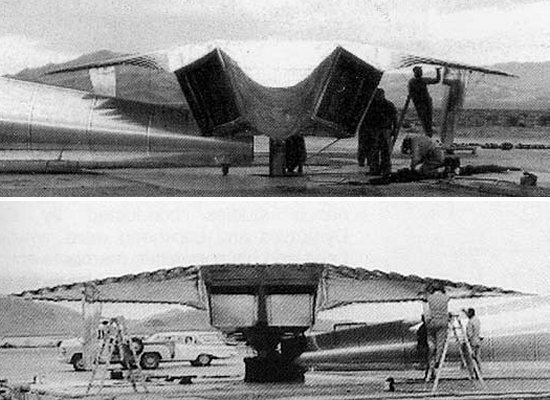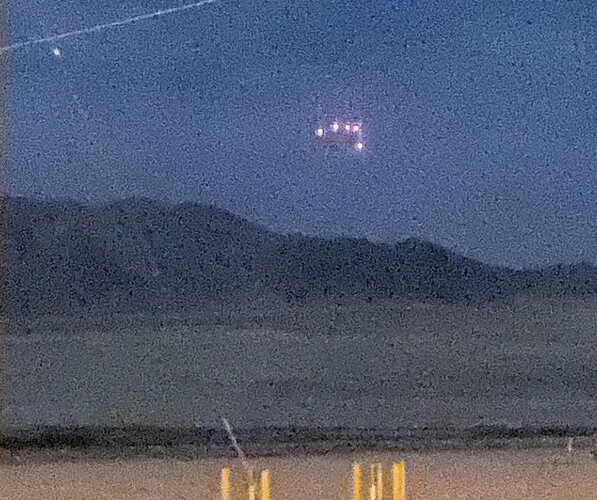flateric said:
Stephane Cochin (Stratosphere Models) discusses here
http://groups.yahoo.com/group/space-modelers/message/65311
if some information trails in Lockheed Horizons article on hypersonics tech may be a clue to Renй Francillon's 'manned Mach 6 vehicle'
mentioned in first edition 'Lockheed Aircrafts...'
Hi Flateric,
Since a couple years passed since my posting, i have updated my information (see below). First, there is no proof that René Francillon saw or found something indicating specifically a Mach 6 cruising aircraft
test flown by Lockheed. When i started my research on hypersonic aircraft projects in 1999, the only known Mach 6 hypersonic project from Lockheed was the L-301 NHFRF. The X-24 C project was already publicly accessible to some degree if you knew where to look in 1981 (even AW&ST mentionned it along with photo of a desk model of Phase I, from what i remember) and he certainly saw the research that Lockheed did on Lockalloy. Still, althought it was the best candidate for what he states, the L-301 was only designed to cruise for a few seconds with its experimental scramjets. And we all know the project was never built. Although.. (and i will expand on this later as there is stuff i have never posted that is quite interesting).
However, it was quite interesting back then in the early years of 2000 when i was researching the X-24 C project as well as beryllium-aluminium (on which i accumulated quite a lot of material), there was some interesting and discreet disinformation going on about the use of Lockalloy by Lockheed. The official story on the web on Nasa historical webpages was that Lockalloy was developed to be tested on the lower central fin of the YF-12 aircraft as a way to counter vibrations in that fin.
I was finding all that very funny because meanwhile i had the Nasa CASI papers during the same time period and they stated cleary how the Lockalloy was to be used for the X-24C Phase III L-301 NHFRF from Lockheed. Furthermore, Lockalloy was developped by Lockheed in the 1960's for use on a spacecraft project. A very complete technical paper on safety procedures for milling and cutting beryllium-aluminium (whose dust is quite toxic and causes the berylliose illness (similiar to asbetos disease) was also published by Lockheed during the time period of the X-24 C project.
Also, you should have seen the kind of response i got when i tried to get my hands on old Lockheed Horizon magazines back in 2000. I called a branch of Lockheed located where i live which deals with reproduction technology. When i reached the lady there by phone, she had quite a happy and helpful voice. A few days later when i called back to know the result of her search to see if they had any of those magazines at their office, her tone had radically changed and was a lot less helpfull. She basically told me i had to call the Lockheed Skunk Works directly (in California). I later spotted a whole series of those magazines at a local library (the series was mostly complete, but not totally), made photocopies of what i found, came back for a 2nd series of photocopies. Then the weird thing is that on my third trip, all the magazines were removed from the library and moved into a depot.. On further trips when i checked, the books never returned on the shelves where i first found them.
I later found another source in Canada for some of the magazines that the first library didn`t have. The funny thing there too is that at first, they did pretend to me they did not have any copies of Lockheed Horizons. It is only when i specifically showed them the result of my internet search (with a special search engine we got here for academic use) along with the year and number of the documents i was looking for and which i knew they had, they finally admitted having them in stock..
During another search, when i was in contact with professor Paul Czysz, he gave me a librarian contact of his in the university where he worked where he said i would find copies of Lockheed Horizons. Well, when i contacted that lady by letter, she basically told me that NONE of ALL the university libraries in the US have ANY copy of Lockheed Horizons (!!!).
OK... and my name is Santa Claus..
So i guess Canadian libraries have better material than those in the US, since i found all i was looking for here..
When i first started my research on the FDL-5, 10 years ago, i found a technical paper that specifically said the FDL-5 A (unmanned) was built. It was actually the one version of the FDL-5 for which we know for sure there were components built, including some full-scale components. Another technical paper refered to the FDL-5 A having been built and tested in the HATS facility (a large oven chamber) at Wright Patterson. Since more information have now come out, and it turns out the information that was printed in the 2 tech papers was partly untrue.. Here`s why (and no one can blame someone for quoting what a tech paper was declaring as an accomplished fact): more detailled now declassified technical papers on the full-scale test items for the
FDL-5 A contradict what was said in the earlier papers, in fact, a full size fin and a full size front fuselage only were built and tested in the oven. Now an article even refers to the FDL-5 front fuselage as the 'HATS' (it was not, the HATS was the oven). That front fuselage i now found out was not a test flight article but was actually a simplified FDL-5 A front fuselage (its underside was flat, uncharacteristic of the all the FDL-5 series which have a slightly curved underside), a technical paper on the zirconia-diboride skirt and heat shield as well as an article link it clearly to the FDL-5 (although the article did not say so cleary, it showed it in conjonction with a photo of the FDL-5 mock-up nevertheless), and the heat shield technical paper shows a drawing of that FDL-5A front fuselage test article (to be tested in the oven) with a.. flat underside. End of the mystery.
Sub-scale components were also built to test the heat shield leading edges and nose tip material.
Now do we know everything about the FDL-5 series ? Not yet, by far. A lot of it is still classified, specifically on the later manned versions.
Now what else could Lockheed have built that was hypersonic.
Two things clearly:
FDL-6 SOMV (for which there is a rear fuselage half, and photographic evidence for it, in Lockheed Horizons).
(technical papers on it are still classified by the way, last time i checked, NTIC told me they don`t have any of them, even though i have specific titles and author names for them, as well as numbers).
And:
HGV (this is actually the only one which is confirmed by an FOIA as having been built. That project was a silver bullet weapon that was later on removed from the US arsenal following one of the missiles treaties with the Soviet Union. I have a copy of the document at home).
FDL-6 SOMV is as yet unconfirmed as having been flown. Now, they had to have had `something' hypersonic, based on what Ben Rich says in his autobiography and article. Obviously if you eliminate FDL-5 (which was a pretty much in depth study), and X-24 C (pretty pretty much detailled study too), that leaves only FDL-6 and HGV, one of which only is confirmed (an unmanned boost glide missile).
The other possibility is that there is something ulterior to those projects that we don`t know about yet, something manned, but older than 1981.




